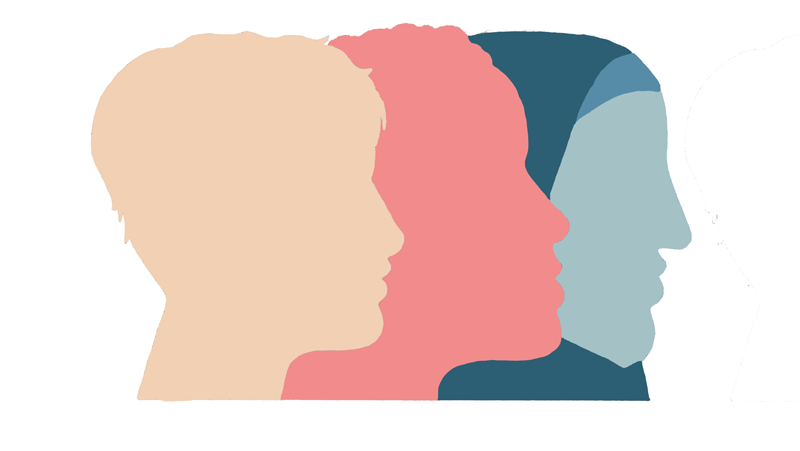Officially recognized since 1977 by the UN, the goal of Women’s Day has always been to pay tribute to the achievements of predecessors in the labour movements and the feminist movement that succeeded it.
The history leading up to International Women’s Day is rich and full of brave women who fought for more rights and equality in the societies they lived in.
Though it’s a day to celebrate the achievements of women and how far we’ve progressed, we need to stray away from patting ourselves on the back and becoming passive in the status quo.
I am honestly grateful to have access to education, voting and having rights in general. I am my own person and I have a say in matters that involve my body and choices. But the heartbreaking truth is that reality isn’t like this for every woman around the globe. Just because we’ve progressed, doesn’t mean that we can’t do more to finally achieve gender equality—the same dream that fuelled so many feminist icons in the past to fight for all women.
International Women’s Day is a celebration of feminism and how brave women took to the streets of New York to ask for rights and less detrimental working conditions in 1908.
This year’s theme, which was #EachforEqual is wonderful to me because it is reflecting on what we should all be doing and pondering during the rest of the year. The goal of challenging stereotypes, fighting bias, broadening perceptions, improving situations and celebrating women’s achievements is what we all need to be doing. Why do we have to celebrate women’s achievements only once a year? And why does it have to become another marketing ploy abused by corporations?
Female empowerment isn’t properly celebrated with cutesy merchandise that may take the form of a bright pink t-shirt with the slogan ‘Woman Up!’ written across it or with a BrewDog pink beer ‘‘for girls’’ (it was in poor taste, even if it was ironic). It’s all feeding into sexist advertisements—and we’re in 2020. Do we seriously need to continue having this conversation and continuing to treat stereotypical gender roles as social restraints?
The world isn’t all sunshine, rainbows and unicorns and I’m aware of that. This is why corporations need to do better and invest money in the cause all year long, not only showing support on March 8 to be trendy.
International Women’s Day should always be about realizing how much we have progressed but also recognizing our shortcomings, and how much we can improve and continue to pave the way for less privileged women. There are still 132 million girls who don’t have access to education and are forced out of school worldwide.
In fact, many of these girls are refused opportunities due to sexism and outdated gender stereotypes, where girls are perceived as being housewives and don’t deserve an education, unlike their male counterparts, as reported by World Vision.
These biases against women aren’t only happening in underdeveloped countries.
On March 5, the United Nations Development Programme came out with a report with findings that 90 per cent of men and women alike hold a bias against women especially in areas such as politics, education and business. These results are upsetting and show that there are still invisible barriers blocking the achievement of equality.
Feminism isn’t only a trademark to show off once a year.
The advocacy of women’s rights on the basis of equality of the sexes needs to be kept alive in 2020 and the years to come—so that all women around the world can accomplish their dreams and are finally seen as worthy of holding titles that were traditionally held by men.
We all have a role to play in making this a reality.
Graphic by Alexa Hawksworth
